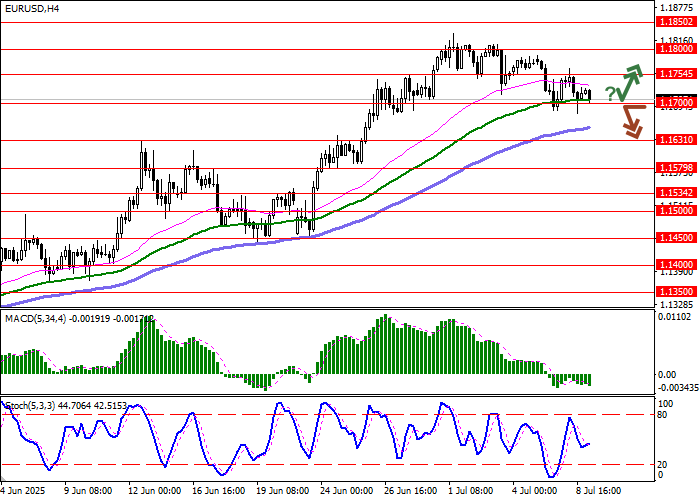Key Developments: U.S. Tariff Extensions and EU Response
President Donald Trump has once again postponed the introduction of elevated U.S. import tariffs, moving the effective date from July 9 to August 1. The delay is designed to provide extra time for trade partners to secure bilateral deals. So far, only the UK and Vietnam have reached agreements; many others, despite multiple negotiation rounds, remain without consensus.
Adding to market volatility, Trump unveiled new tariff rates targeting 14 countries, including Japan. In a clear signal of intent, the European Union is preparing retaliatory measures against American goods but simultaneously pursuing a preliminary trade agreement with Washington, hoping to finalize terms within the week. According to Bloomberg, the EU may implement a provisional 10% tariff—potentially extending beyond August 1 if talks stall.
A major goal for Brussels is the removal of tariffs on civil aircraft, aviation parts, wine, and spirits. At the same time, the EU is ready with a €95 billion response package, targeting iconic U.S. exports such as Boeing jets, American-made automobiles, and bourbon.
Macroeconomic Backdrop: Mixed Signals from Germany
The latest macro data from Germany presented a mixed picture. May export volumes dropped by 1.4%, significantly underperforming consensus estimates of a 0.2% decline. Imports fell by 3.8% (forecast: –0.9%), pushing Germany’s trade surplus up from €15.8 billion to €18.4 billion—beating expectations of €15.5 billion. The inflation print for June is due tomorrow and is expected to hold steady at 0.0% month-on-month and 2.0% year-on-year.
Meanwhile, all eyes are on the U.S. Federal Reserve’s June meeting minutes, set for release at 20:00 (GMT+2). The Fed left rates unchanged, but subsequent comments by Jerome Powell indicated a preference for easing monetary policy later this year.
EUR/USD Forecast: Support and Resistance Levels
On the daily chart, Bollinger Bands are showing moderate upward bias while the price channel remains wide enough for significant volatility. The MACD continues to decline below its signal line, maintaining a solid sell signal. The Stochastic oscillator also trends lower but is nearing oversold territory—highlighting increased risks of a short-term reversal.
- Resistance Levels: 1.1754, 1.1800, 1.1850, 1.1900
- Support Levels: 1.1700, 1.1631, 1.1579, 1.1534
Trading Scenarios
- Primary Scenario (Sell Stop): Enter short positions on a break below 1.1700 targeting 1.1579, with a stop-loss at 1.1754. Expected timeframe: 2–3 days.
- Alternative Scenario (Buy Stop): Open long positions if the price rebounds from 1.1700 and breaks above 1.1754, targeting 1.1850. Stop-loss at 1.1700.

Key Levels:
1.1534, 1.1579, 1.1631, 1.1700, 1.1754, 1.1800, 1.1850, 1.1900

